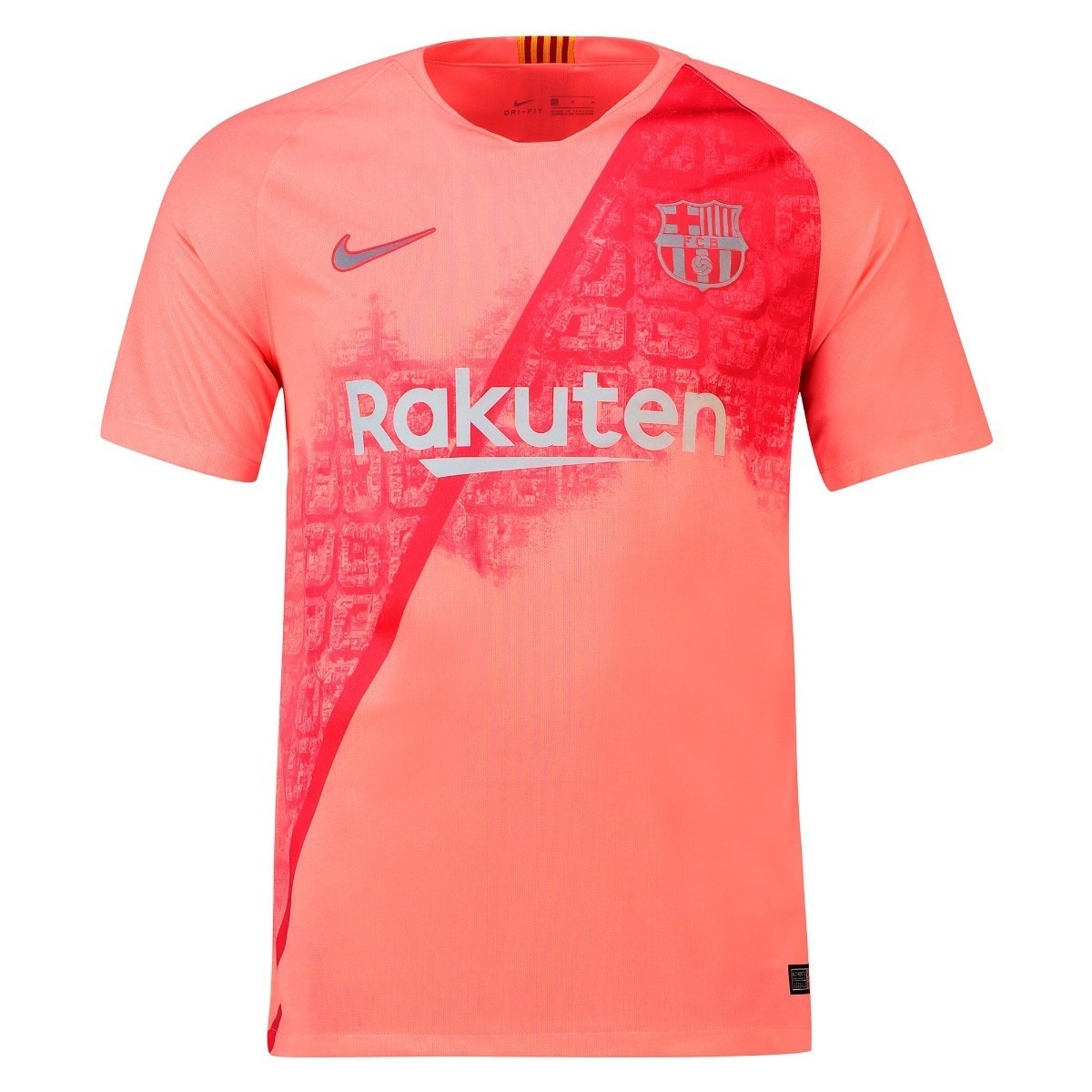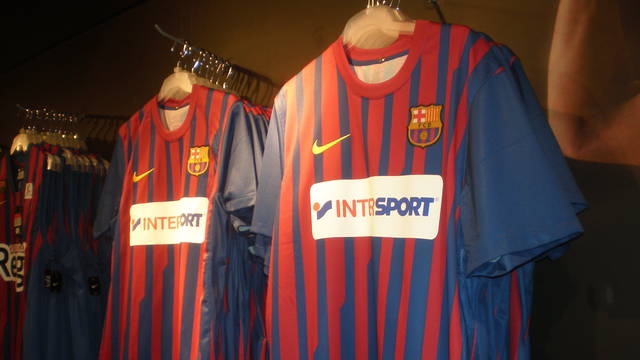In the documents and testimonies of the interviewees, it was clear that the guidelines were being modified and the club has always been seen only as a reference in the ‘training of athletes’ and that could not, for financial reasons, keep their players, and started having as goal to keep them in its teams (retention), so as to invest in high-performance team and have a representative adult team. In this case, when more than one athlete with selected characteristics was found, coaches were requested to indicate one, which according to them, had been highly visible in her generation (considered by them as a sporting talent). So, we get very happy when a girl is in a Santa Catarina selection or when her dream is to be remembered for the national team. The sporting context studied was a sports club training young people in the state of Santa Catarina (Brazil). The context investigated comprises a Brazilian club with strong tradition in the training of athletes and important sporting achievements in the sport.
The guideline initially established by the Basketball Club under study for the process of identification and sports development is to achieve a significant number of practitioners without detection or selection a priori to then select those who demonstrate during their formative process, the desired skills for continuity in the sporting process. The selection of board members and coaches took place through the following inclusion criteria: current president (appointed by the board of directors and coaches for providing updated information on actions, guidelines and club purposes); former sports director (appointed by the board and coaches due to their contribution to the beginning of basketball in the city and the Basketball Club foundation process); coaches (all coaches working in competitive teams and the sports initiation schools). Although the club have changed its policies regarding the transfer of athletes to other institutions, the retention guidelines established by the new board were not enough to stimulate and develop a policy for the permanence of athletes who leave early the sports. These documents helped in gathering information on titles won, athletes called for state and / or national teams awarded as top scorer in competitions, proposed guidelines, sponsorships, basketball schools, youth and adult teams.
Thus, some athletes did not even reach maturity in the sport and the club did not actually make use of talents in adult category competitions, i.e., there was no concern with the advancement of athletes to higher competitive levels. Abstract: The aim of this study was to determine the guidelines and success factors of a sport club that contribute to the identification and development of female basketball athletes. In turn, interviews with coaches were based on the following themes: initiation schools and competitive teams (age that children start in basketball practice and competitive teams, number of initiation schools and competitive teams, weekly and daily frequency of initiation schools and competitive teams); sponsorship and support (receiving public and private funding, difficulties found and strategies used to obtain collaborators, aid from parents in expenses and club activities, adjustment of budget to Club activities); established guidelines for recruitment, retention and advancement in sport (selection process of children and young people to join in initiation schools and competitive teams, providing scholarships, financial assistance, food, transportation, housing); transfer of athletes and / or sport abandonment (abandonment reasons, transfers and return of athletes).
The results showed the importance of administrative organization of sports institutions guided by solid training guidelines that support the club management actions and emphasize the importance of public-private partnerships to increase the federated sport, where sponsorship exchanges such as scholarships in private universities and government policies become crucial for maintaining athletes in adulthood. The guidelines also revealed that the club has been, for many years, exclusively dedicated to the ‘training’ of female basketball players in its training schools, taking part in competitions in the youth category without due concern for the retention and subsequent advancement in the sports career (transition to adult category). However, as municipal public institutions do not have as priority elite sport, the basketball club investigated has presented difficulties in keeping teams of higher and adult ages in the scenario to which they belong. In this case, it also showed the large number of young people who dropout from sports practice or transferred to other clubs when they were in the development categories. From 2011, with the end of agreements, they have to compete for public school to which most athletes moved in order to participate together in the competition.
Si usted adoraba este artículo y también le gustaría recibir más información sobre nueva camiseta del barcelona por favor visite nuestro propio sitio.


 El mismo Vinnai (1974) denunciaba que la retransmisión televisada de partidos de futbol producía el hábito de verlo cómodamente, lo cual iba en detrimento del gusto por ver el futbol amateur en directo. A este respecto, Gerhard Vinnai (1974), desde su óptica de sociólogo marxista, hizo en su día varios señalamientos acertados y vigentes sobre los problemas económicos que amenazaban al futbol, y el tiempo le ha dado la razón. En la década de 2000 se publica una de las primeras sistematizaciones de la producción académica sobre deporte y comunicación en México, el artículo «Deportes y comunicación en México: autores y temáticas» de Enrique Rivera y Samuel Martínez (2001) que registró las características principales de los avances científicos en torno al tema, enfatizando la premisa señalada por Claudia Benassini (1996a, 1996b) en años anteriores sobre la falta de estudios que abordaran este objeto de estudio, develó algunos puntos clave de las dimensiones estructural y de contenido del cuerpo de productos publicados. Este big bussines lo hacen posible las tecnologías televisivas y de edición que han manufacturado el espectáculo deportivo y logrado un producto final con un tipo de matices diferentes al del partido en vivo o in situ, como la repetición de jugadas, la imagen congelada o el uso de varias cámaras que ofrecen distintas perspectivas o primeros planos de una misma acción o jugador.
El mismo Vinnai (1974) denunciaba que la retransmisión televisada de partidos de futbol producía el hábito de verlo cómodamente, lo cual iba en detrimento del gusto por ver el futbol amateur en directo. A este respecto, Gerhard Vinnai (1974), desde su óptica de sociólogo marxista, hizo en su día varios señalamientos acertados y vigentes sobre los problemas económicos que amenazaban al futbol, y el tiempo le ha dado la razón. En la década de 2000 se publica una de las primeras sistematizaciones de la producción académica sobre deporte y comunicación en México, el artículo «Deportes y comunicación en México: autores y temáticas» de Enrique Rivera y Samuel Martínez (2001) que registró las características principales de los avances científicos en torno al tema, enfatizando la premisa señalada por Claudia Benassini (1996a, 1996b) en años anteriores sobre la falta de estudios que abordaran este objeto de estudio, develó algunos puntos clave de las dimensiones estructural y de contenido del cuerpo de productos publicados. Este big bussines lo hacen posible las tecnologías televisivas y de edición que han manufacturado el espectáculo deportivo y logrado un producto final con un tipo de matices diferentes al del partido en vivo o in situ, como la repetición de jugadas, la imagen congelada o el uso de varias cámaras que ofrecen distintas perspectivas o primeros planos de una misma acción o jugador. Y detrás de ídolos como Pelé o Maradona, en aquellos mundiales están las no menos poderosas imágenes televisivas en color de sus goles y de ambos alzando la Copa del Mundo en el Estadio Azteca. Concluyo que los partidos políticos y otros asociados con el movimiento hacia la independencia se han aprovechado de las corridas y el fútbol para destacar diferencias culturales con España. Discute el concepto de la nación, la importancia de las corridas y el fútbol en culturas ibéricas,
Y detrás de ídolos como Pelé o Maradona, en aquellos mundiales están las no menos poderosas imágenes televisivas en color de sus goles y de ambos alzando la Copa del Mundo en el Estadio Azteca. Concluyo que los partidos políticos y otros asociados con el movimiento hacia la independencia se han aprovechado de las corridas y el fútbol para destacar diferencias culturales con España. Discute el concepto de la nación, la importancia de las corridas y el fútbol en culturas ibéricas,  City Oporto Paris Real Madrid Sevilla Euro 2020 Alemania Austria Bélgica Croacia Dinamarca España Finlandia Francia Gales Holanda Inglaterra Italia Polonia Portugal República Checa Rusia Suecia Suiza Turquía Ucrania Selecciones Albania Alemania Argelia Argentina Australia Austria Bélgica Brasil Checa Chile Colombia Congo Corea del Sur Costa de Marfil Costa Rica Croacia Dinamarca Ecuador EE.UU. Por otra parte, distintas cadenas y canales de televisión como Fox Sports, ESPN, TDN en México o Gol Televisión en España ofrecen ininterrumpidas retransmisiones, horas y horas de programas deportivos, sin olvidar la copiosa información y literatura que generan el deporte y el futbol, fundamentalmente periodística: L’Equipe o Paris Match en Francia, Gazetta dello Sport en Italia, los diarios As y Marca en España, The Sun y Daily Mirror en Inglaterra (que no son diarios deportivos canónicos, sino los que tienen las secciones más amplias), A Bola en Portugal, Ovaciones, Record y Esto en México o el diario Olé y la revista El Gráfico en Argentina. Briggs y Burke (2002) señalaron que las «líneas divisorias entre información y entretenimiento» se fueron difuminando en las décadas de los cincuenta y sesenta del siglo XX, tanto en prensa como radio y televisión.
City Oporto Paris Real Madrid Sevilla Euro 2020 Alemania Austria Bélgica Croacia Dinamarca España Finlandia Francia Gales Holanda Inglaterra Italia Polonia Portugal República Checa Rusia Suecia Suiza Turquía Ucrania Selecciones Albania Alemania Argelia Argentina Australia Austria Bélgica Brasil Checa Chile Colombia Congo Corea del Sur Costa de Marfil Costa Rica Croacia Dinamarca Ecuador EE.UU. Por otra parte, distintas cadenas y canales de televisión como Fox Sports, ESPN, TDN en México o Gol Televisión en España ofrecen ininterrumpidas retransmisiones, horas y horas de programas deportivos, sin olvidar la copiosa información y literatura que generan el deporte y el futbol, fundamentalmente periodística: L’Equipe o Paris Match en Francia, Gazetta dello Sport en Italia, los diarios As y Marca en España, The Sun y Daily Mirror en Inglaterra (que no son diarios deportivos canónicos, sino los que tienen las secciones más amplias), A Bola en Portugal, Ovaciones, Record y Esto en México o el diario Olé y la revista El Gráfico en Argentina. Briggs y Burke (2002) señalaron que las «líneas divisorias entre información y entretenimiento» se fueron difuminando en las décadas de los cincuenta y sesenta del siglo XX, tanto en prensa como radio y televisión.